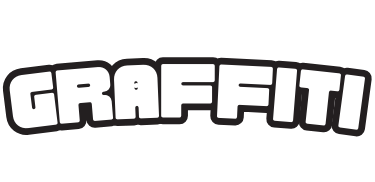Are you fascinated by the bold, vibrant world of graffiti art? Do you want to learn how to create your own stunning graffiti drawings? In this beginner’s guide, we’ll walk you through the basics of graffiti drawing, from essential tools and techniques to finding your unique style.
What’s inside ?
Intro
Graffiti drawings are a powerful form of self-expression and creativity. By learning the fundamentals of graffiti drawing, you can develop your own unique voice and style as an artist. Whether you want to create sketches in your notebook or large-scale murals, this guide will help you get started on your graffiti journey.
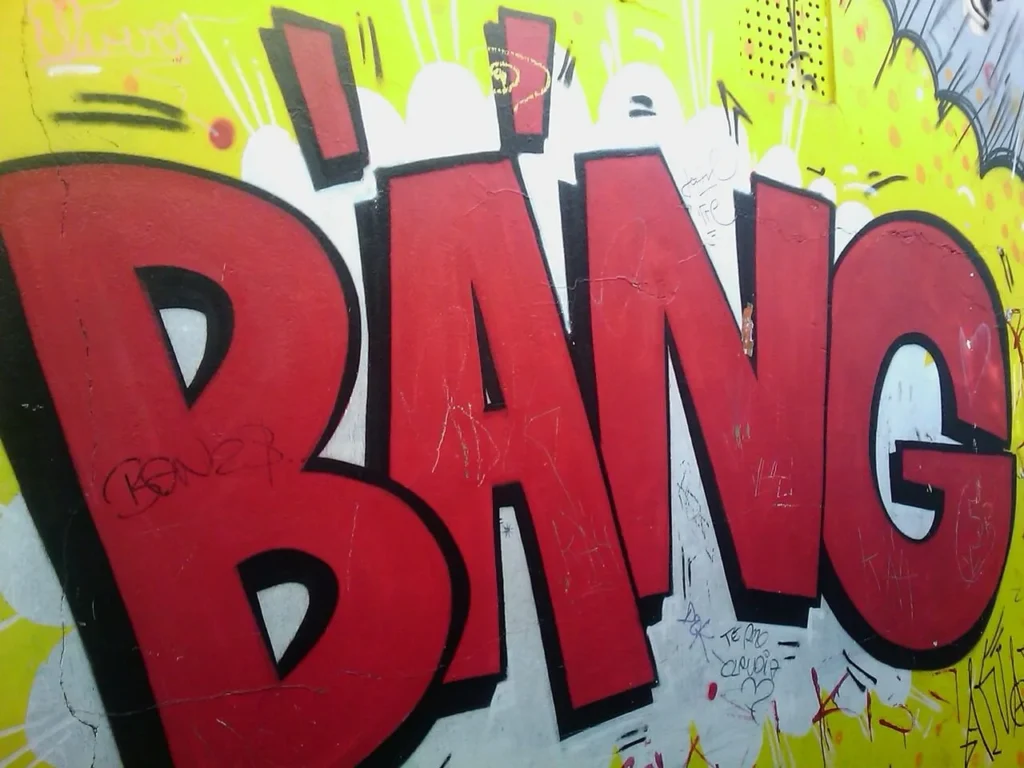
A colorful graffiti drawing on a wall
Essential Tools for Graffiti Drawing
To start creating graffiti drawings, you’ll need the right tools. Here are the essentials:
- Sketchbook and pencils for planning your designs
- Markers, including thick and thin tips, for outlining and details
- Spray paint for larger pieces and fill-ins (use with caution and only in legal spots)
- Erasers and rulers for clean lines and corrections
Check out this guide for a more detailed list of graffiti art supplies.
Basic Graffiti Drawing Techniques
Graffiti drawing is a unique art form that combines letter structure, style, and composition to create eye-catching and expressive designs. To master the basics of graffiti drawing, it’s essential to practice and refine the following fundamental techniques:
1. Sketching and Planning Your Design
The first step in creating graffiti lettering is sketching. It is essential to have a rough idea of what you want to create before starting with the final design. Sketching allows you to experiment with different styles and compositions without worrying about making mistakes.
Start by lightly sketching your design with a pencil, focusing on the overall layout and flow. Once you’re satisfied with the basic structure, gradually add more details and refine your lines.
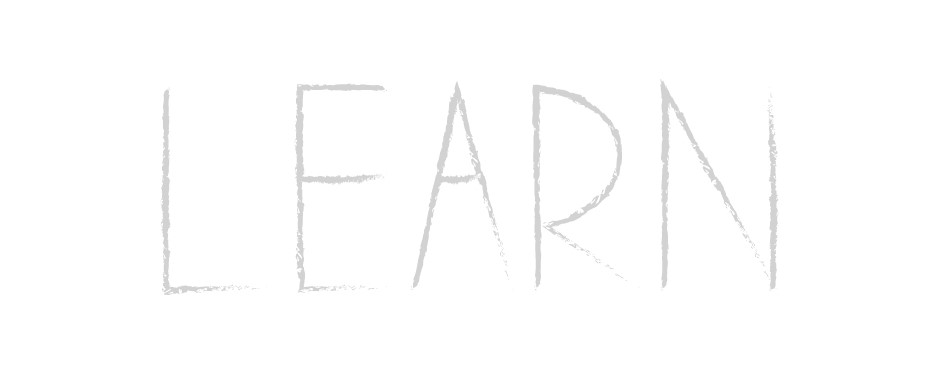
Example of sketching a Graffiti design
2. Outlining: Defining Your Letter Shapes
Once you have a rough sketch, it’s time to outline the design with an artist pen. This step helps you to define the letter shapes and make them more visible.
Use thicker lines for the main outline and structure of your letters, and add thinner lines for details, shadows, and highlights. Vary line thickness to create a sense of depth and movement, and emphasize certain parts of your design with bold, thick lines to draw the viewer’s attention.
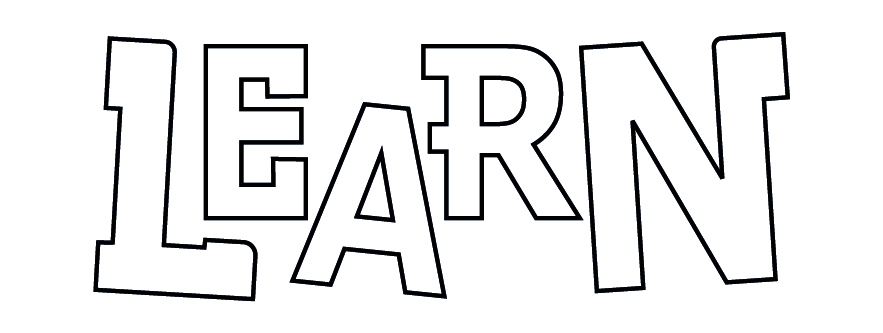
Examples of using different line weights in graffiti drawing
3. Adding Details: Enhancing Your Design
After outlining, it’s time to add details to your design. This is where you can add 3D effects, shadows, and highlights to make your design stand out.
To create 3D effects, identify the light source in your design and add shadows to create depth and dimension. Incorporate highlights to emphasize edges and details, and use gradients and blending to create smooth transitions.
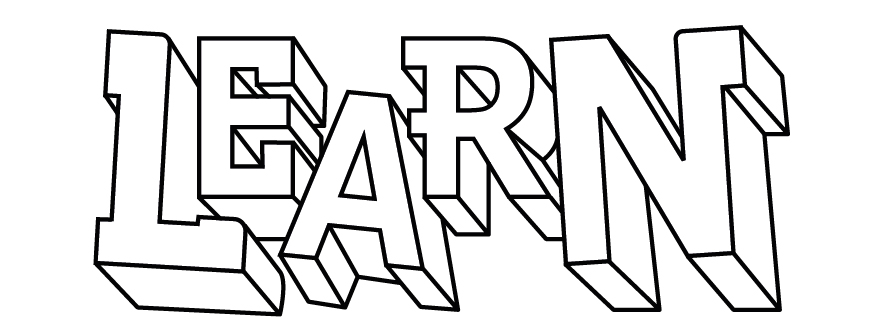
Example of creating a 3D effect in graffiti drawing
4. Filling: Finalizing Your Graffiti Drawing
The final step is filling in your design. Use a pen or marker to trace over the pencil lines and add color to your graffiti drawing. This is the stage where you can bring your design to life and make it pop.
Incorporate arrows, highlights, curves, and other design elements to add flow, movement, and style to your graffiti piece. These elements can guide the viewer’s eye through your composition, create a sense of dynamism and energy, and enhance the overall style and aesthetic of your work.
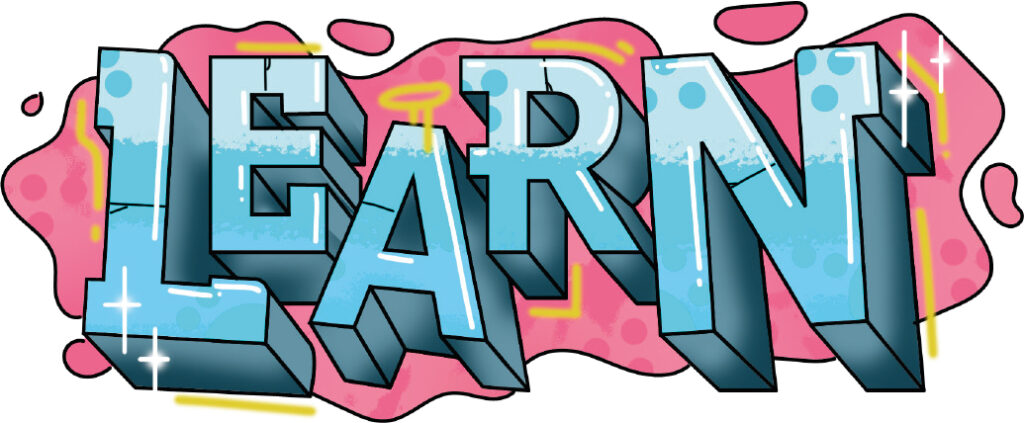
Examples of incorporating highlights, fills, and design elements in graffiti drawing
By following these four steps – sketching, outlining, adding details, and filling – you’ll be able to create impressive, dynamic graffiti drawings. Remember to stay patient, persistent, and open to experimentation as you develop your skills and personal style.
Choosing Your Graffiti Style
There are many different graffiti styles to explore, from simple bubble letters to complex wildstyle pieces. Some popular styles for beginners include:
- Tag: A quick, stylized signature
- Throw-up: A more elaborate, bubble-letter version of a tag
- Blockbusters: Simple, clean letters without many embellishments
- Piece: A large, complex design that incorporates multiple colors and elements
Experiment with different styles to find what resonates with you. For inspiration, check out our article about Graffiti letters.
Practicing and Developing Your Skills
The key to improving your graffiti drawings is consistent practice. Here are some tips:
- Carry a sketchbook with you and draw whenever you can
- Study lettering, typography, and graphic design for new ideas and techniques
- Analyze other artists’ work to understand their style and methods
- Collaborate with other graffiti artists to learn from their experience and get feedback
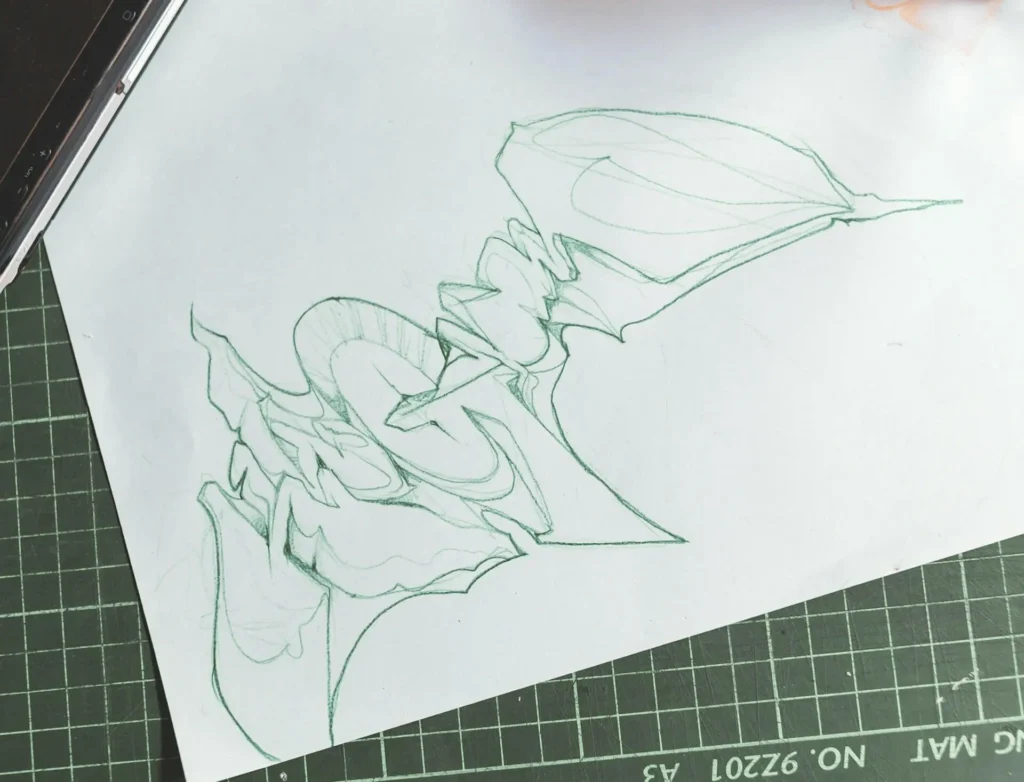
An artist practicing graffiti drawings – first sketch
Taking Your Art to the Streets
Once you’ve developed your skills and style, you may want to take your graffiti drawings to the streets. However, it’s crucial to understand the risks and responsibilities involved:
- Only paint in legal, designated areas such as graffiti walls or with property owner’s permission
- Be respectful of others’ property and the community
- Take safety precautions and use proper protective gear
- Know your local laws and regulations regarding graffiti
Read this article for more guidelines on graffiti ethics and safety.
Common Questions
1. How long does it take to get good at graffiti drawing?
Like any skill, graffiti drawing takes time and practice to master. Consistent, dedicated effort over months and years will help you steadily improve and develop your style.
2. Can I use regular paper and markers for graffiti drawings?
Yes, you can start with regular paper and markers for sketching and practicing. As you advance, you may want to invest in higher-quality graffiti art supplies for better results and durability.
3. Is it okay to copy other artists’ graffiti drawings?
While it’s fine to take inspiration from other artists, directly copying someone’s work is considered bad etiquette in the graffiti community. Focus on developing your own original style and designs.
Conclusion
Graffiti drawing is a fun, rewarding way to express your creativity and leave your mark on the world. By learning the basics, practicing regularly, and finding your unique style, you can become a skilled graffiti artist. Remember to always prioritize safety, respect, and legality as you embark on your graffiti journey. Now get out there and start creating!
